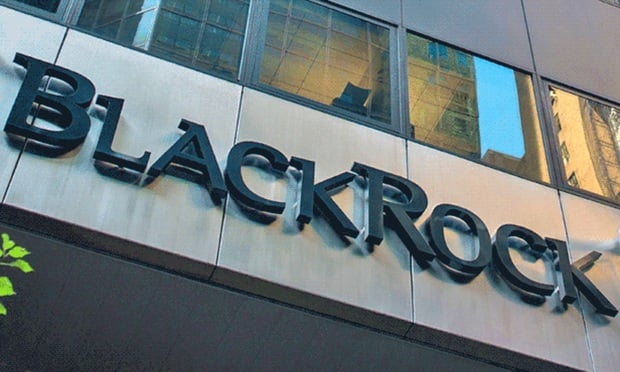Although implementing a recognition program is low-cost way to reinforce corporate values and the employee value proposition, a fair number of companies have yet to offer them, says Laurie Bienstock, director of rewards for North America at Towers Watson, a global professional services company. In fact, according to a recent global study by Towers Watson, 59 percent of employers report having performance-based recognition programs, and 76 percent of respondents say they have service-based recognition programs. Given these figures, there is still plenty of room for more employers to consider offering recognition programs, but they must also develop effective communication strategies, which isn't always the case.
"One of the main challenges many organizations face regarding recognition programs is that they are not used consistently throughout the organization," Bienstock says. "Some parts of the organization and some managers may be solid users of the program whereas other parts of the org may not use the program as consistently."
The Towers Watson study even finds that 53 percent of employees report that they understand how recognition awards are determined while 41 percent of employees say managers execute the recognition programs well, suggesting that improvement could be made regarding communications, Bienstock says.
Recommended For You
The human resources department should always make sure it defines the exact parameters of the recognition program to managers, Bienstock says. This ensures appropriate use as it is easy for managers to mix up recognition programs with other forms of incentives. Along with outlining the specifications, a governance process should be set up to keep track of how those dollars are spent and who has received them.
"What we don't want to happen is for those recognition programs to take the place of an incentive program that is set up for the company or for managers to misuse the recognition budget because they don't have access to other budgets," Bienstock says. "They need to have really clear guidelines about the kinds of things that we want to recognize in the company and how to use those dollars."
Using a recognition program as part of the total rewards program also helps an employer communicate corporate goals to its employees, Bienstock says. Often recognition standards are aligned with corporate goals, and when these are communicated properly, employees better understand what they need to do on an individual basis to succeed. Ultimately, this drives business as a whole.
"With recognition programs, you want to be able to communicate to employees the kinds of behavior and the demonstration of company values," Bienstock says. "Understanding what the business wants to drive, and then using the recognition program to reinforce that along with other programs is a great opportunity for companies to strengthen those values."
© Touchpoint Markets, All Rights Reserved. Request academic re-use from www.copyright.com. All other uses, submit a request to [email protected]. For more inforrmation visit Asset & Logo Licensing.






